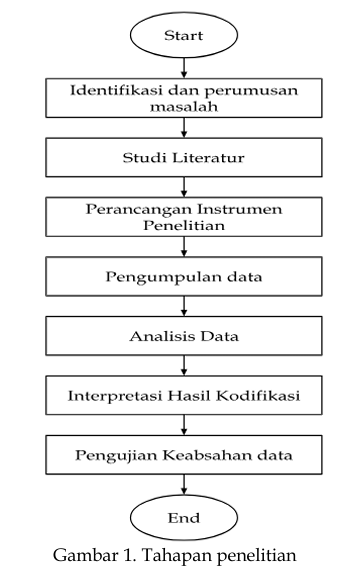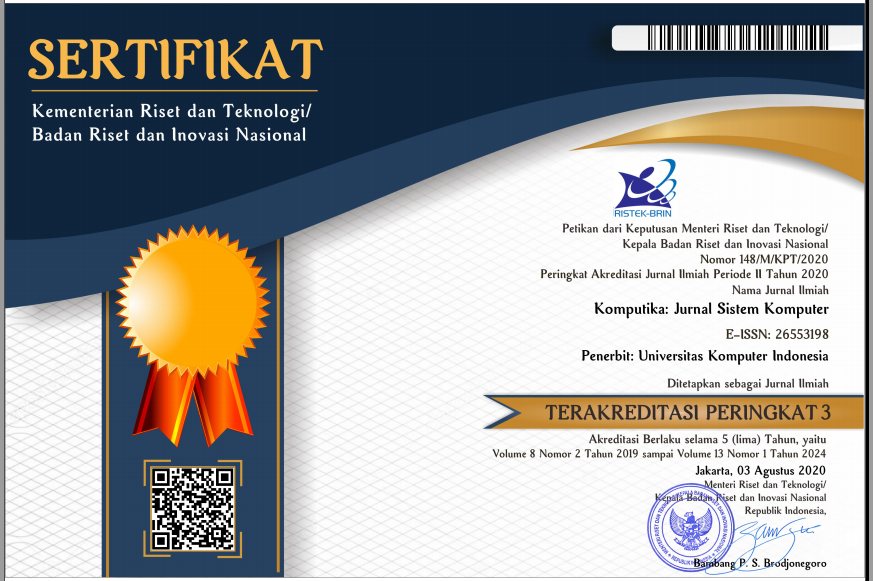Perbandingan kualitas hubungan Leader - member exchange terhadap Followers Outcome pada perkembangan digital startup
DOI:
https://doi.org/10.34010/8d8v6r75Abstract
The quality of relationships between employees in a growing company greatly influences increasing followers outcomes, this is also inseparable from the role of a leader or team leader. The leader-member exchange (LMX) theory is a leadership theory that considers the dyadic relationship between leaders and team members, where each relationship quality certainly has different follower outcomes. The purpose of this study was to analyze the differences in the quality of relationships that occur between team leaders and team members during organizational change in each phase. The data used in the study were obtained from a digital startup company in East Java, in 3 different divisions in each phase and processed using the case study research method. The results of the study prove that there are differences in the quality of relationships in the first phase, the quality of the relationship is classified as negative, while in the second phase it is positive. And an anomalous phenomenon was found in the quality of the relationships analyzed.
References
[2] S. Magued, “Variations in strategic change cycle: Thailand’s office board of investment, tri-county foundation and UN Women Egypt as case studies,” Review of Economics and Political Science, 2023, doi: 10.1108/REPS-09-2022-0066.
[3] M. Scott and R. Bruce, “Five Stages of Growth in Small Business,” 1987.
[4] F. Dansereau, G. Graen, and W. J. Haga, “A vertical dyad linkage approach to leadership within formal organizations. A longitudinal investigation of the role making process,” Organ Behav Hum Perform, vol. 13, no. 1, pp. 46–78, 1975, doi: 10.1016/0030-5073(75)90005-7.
[5] H. IAIN Syaikh Abdurrahman Siddik Bangka Belitung Jl Raya Petaling Km and K. Mendo Barat Kab Bangka, “THE IMPACT OF LEADER-MEMBER EXCHANGE ON THE ORGANIZATION,” Heriyadi.
[6] G. Regts, E. Molleman, and H. J. van de Brake, “The impact of leader‒member exchange on follower performance in light of the larger social network,” Human Relations, vol. 72, no. 8, pp. 1265–1291, Aug. 2019, doi: 10.1177/0018726718806351.
[7] S. H. Sudaryana, B. Wirjodirdjo, and A. Windrarto, “A systematic literature review of digital startup business dynamics and policy interventions,” 2025, Cogent OA. doi: 10.1080/23311975.2024.2440636.
[8] L. Judijanto, “Perkembangan Startup Digital di Indonesia: Sebuah Tinjauan,” Indo-Fintech Intellectuals: Journal of Economics and Business, vol. 4, no. 5, pp. 2011–2032, Sep. 2024, doi: 10.54373/ifijeb.v4i5.1875.
[9] G. B. Graen and M. U. Hl-Bien, “RELATIONSHIP-BASED APPROACH TO LEADERSHIP: DEVELOPMENT OF LEADER-MEMBER EXCHANGE (LMX) THEORY OF LEADERSHIP OVER 25 YEARS: APPLYING A MULTI-LEVEL MULTI-DOMAIN PERSPECTIVE.”
[10] K. M. Eisenhardt, “Building Theories from Case Study Research,” 1989. [Online]. Available: https://www.jstor.org/stable/258557
[11] H. Hasanah, “TEKNIK-TEKNIK OBSERVASI (Sebuah Alternatif Metode Pengumpulan Data Kualitatif Ilmu-ilmu Sosial).”
[12] F. Aditya Putri, D. Bramasta, and S. Hawanti, “STUDI LITERATUR TENTANG PENINGKATAN KEMAMPUAN BERPIKIR KRITIS SISWA DALAM PEMBELAJARAN MENGGUNAKAN MODEL PEMBELAJARAN THE POWER OF TWODI SD,” vol. 6, no. 2, pp. 605–610, 2020, doi: 10.31949/educatio.v6i2.561.
[13] D. Mohajan and H. K. Mohajan, “Exploration of Coding in Qualitative Data Analysis: Grounded Theory Perspective,” Research and Advances in Education, vol. 1, no. 6, pp. 50–60, Dec. 2022, doi: 10.56397/rae.2022.12.07.
[14] M. Williams and T. Moser, “The Art of Coding and Thematic Exploration in Qualitative Research,” 2019.
[15] A. Augina et al., “Teknik Pemeriksaan Keabsahan Data pada Penelitian Kualitatif di Bidang Kesehatan Masyarakat.”
[16] F. Stinglhamber, G. Caesens, B. Chalmagne, S. Demoulin, and P. Maurage, “Leader–member exchange and organizational dehumanization: The role of supervisor’s organizational embodiment,” European Management Journal, vol. 39, no. 6, pp. 745–754, Dec. 2021, doi: 10.1016/j.emj.2021.01.006.
[17] L. M. Little, J. Gooty, and M. Williams, “The role of leader emotion management in leader-member exchange and follower outcomes,” Leadership Quarterly, vo



















